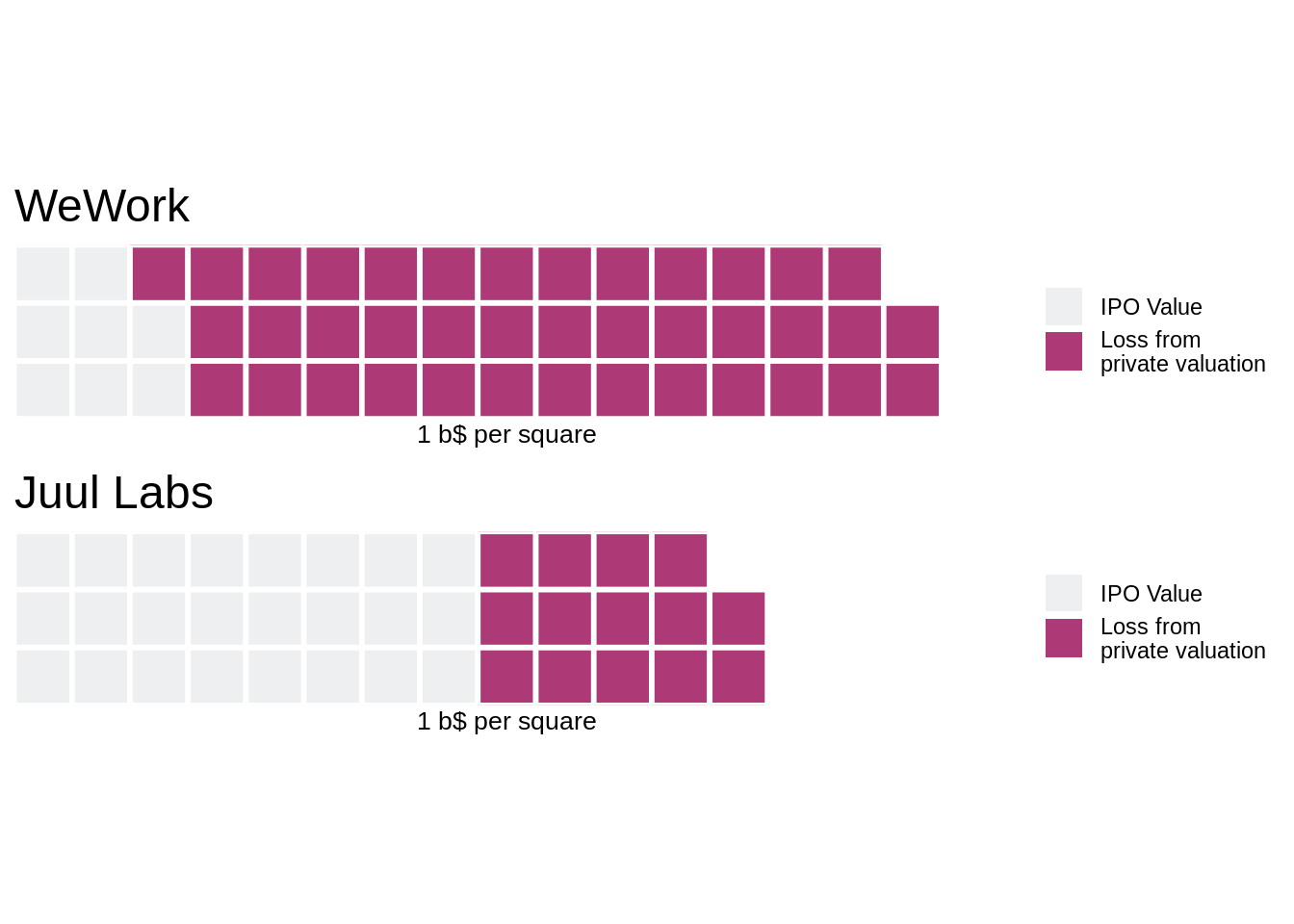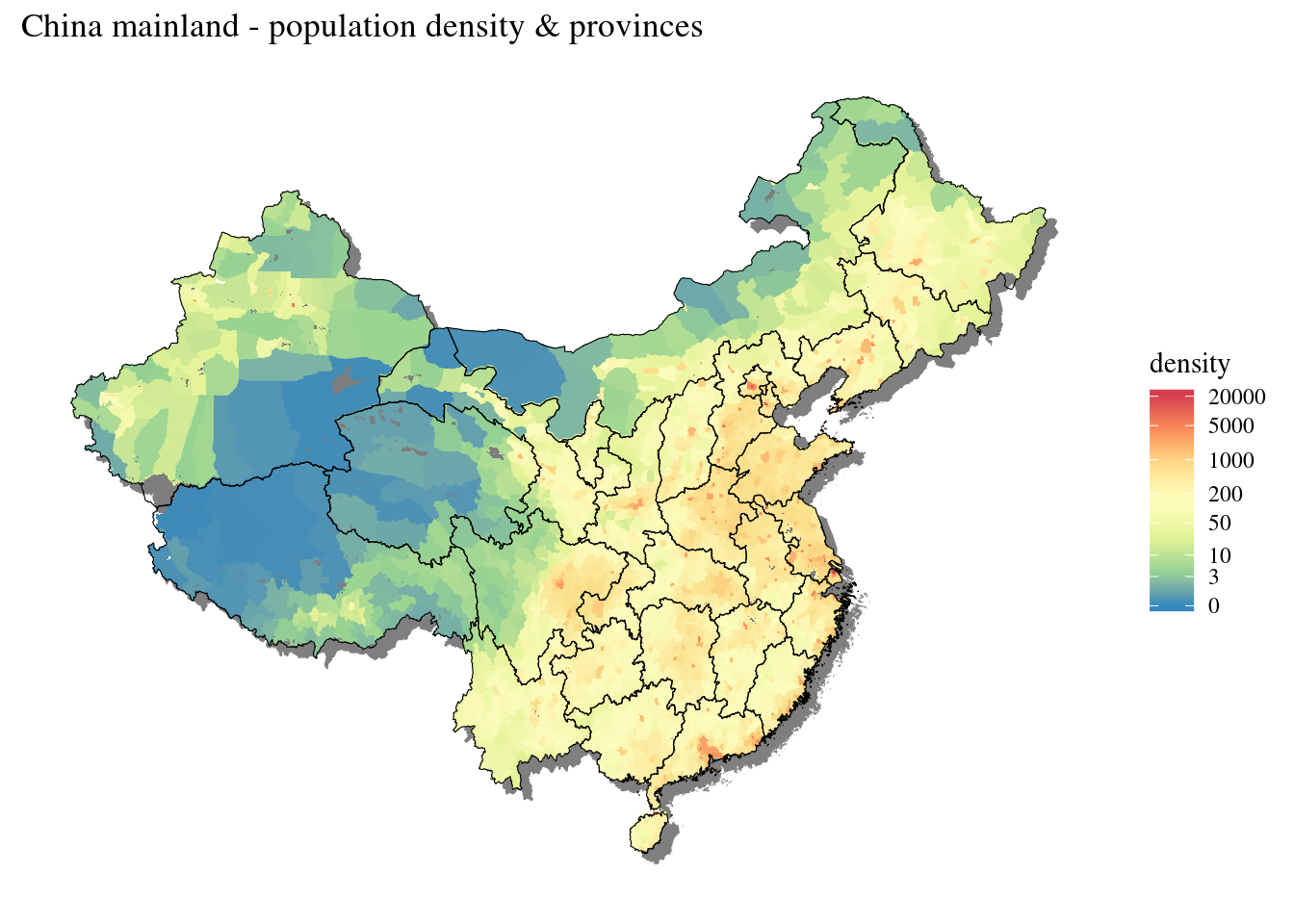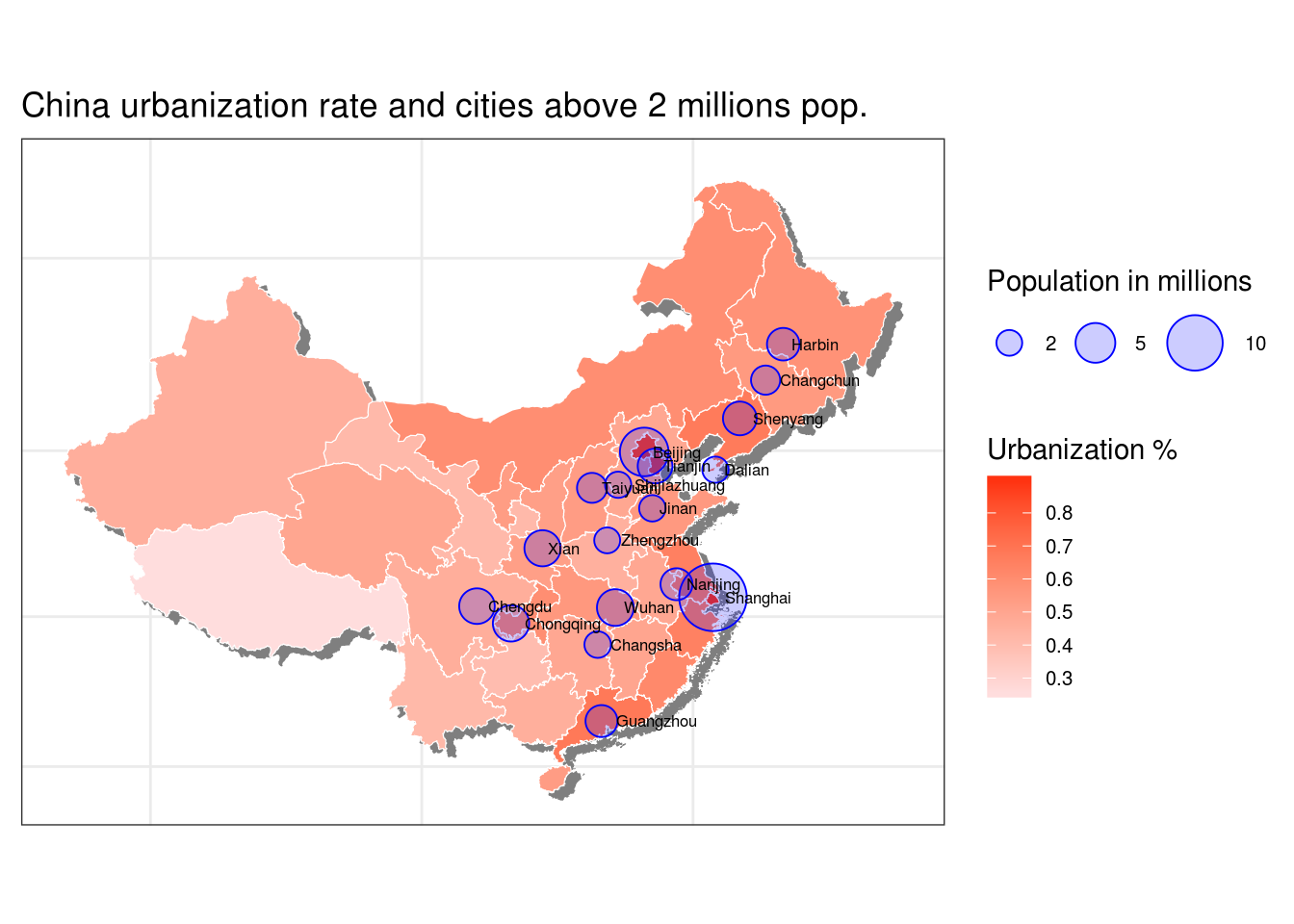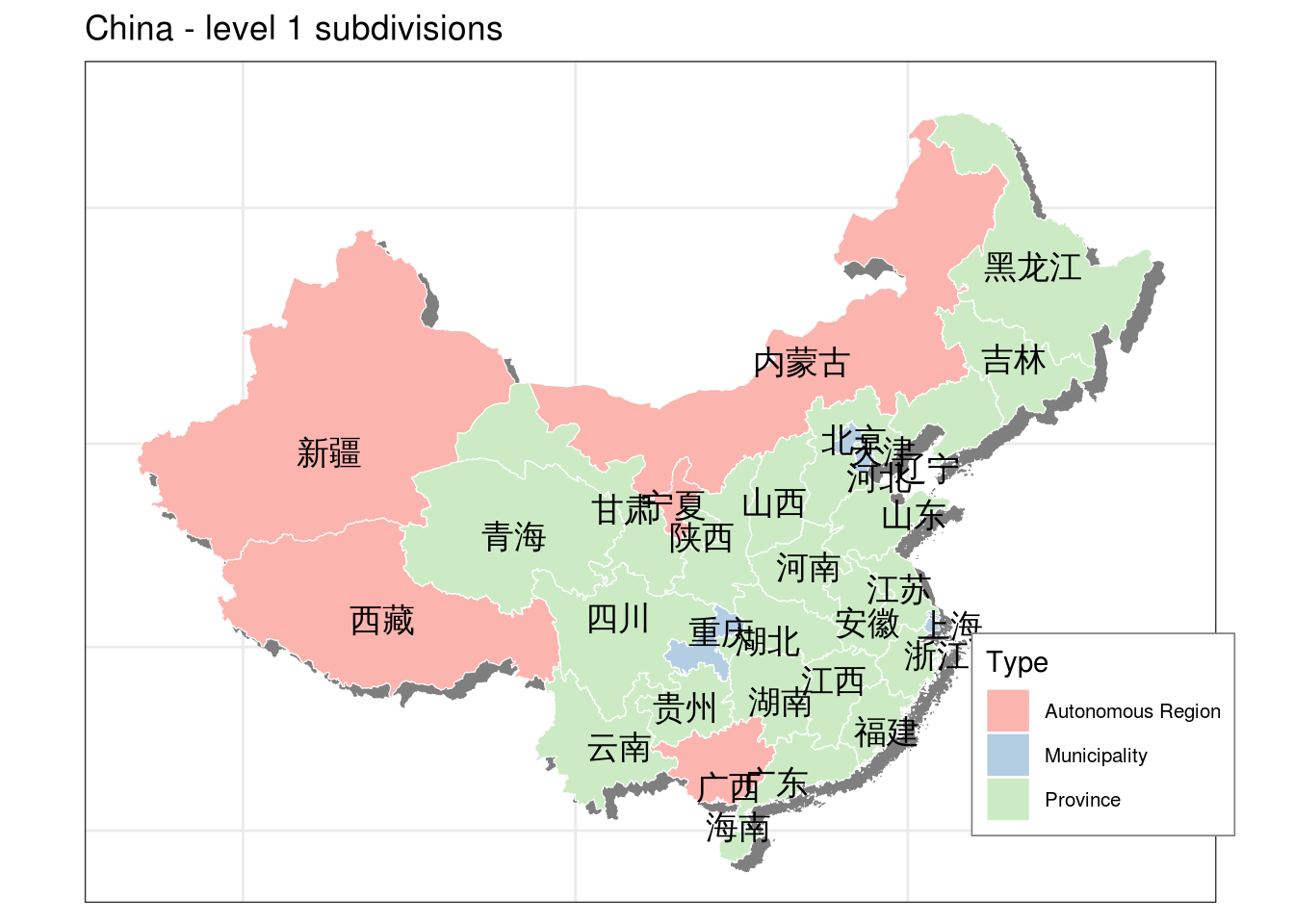The unicorn bubble - Donuts or Waffles ?
How Silicon Valley feels right now ? Few days ago the Wall Street Journal (@WSGGraphics) published a tweet about Unicorns loosing value between their last private-market valuation and their IPO price. In this post, we will replicate their visuals and we will demonstrate the problem of using donuts like charts. We will propose an alternative using waffle charts. They illustrated the analysis with some circular charts. The problem with such visuals is that human eye is very bad ad comparing surfaces when they are represented by disks.







